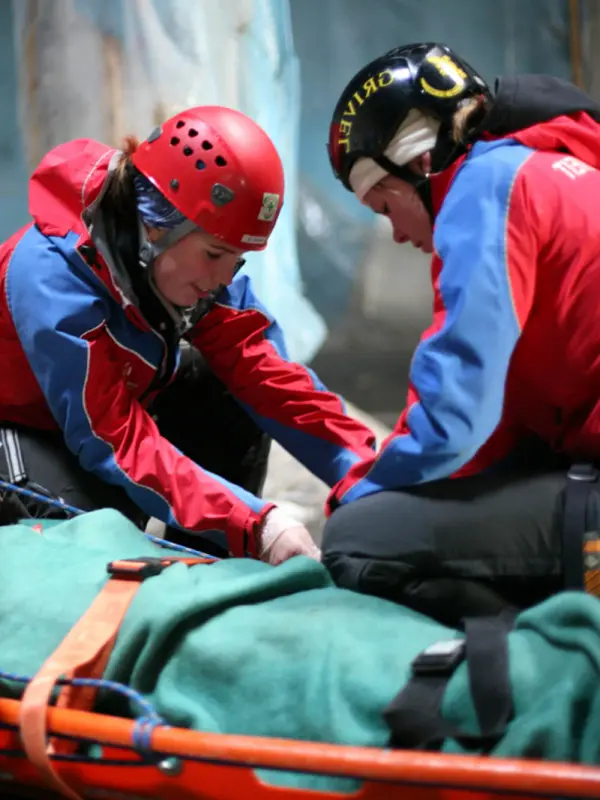Injury on Course
“Where’s Greg? Does anyone know where Greg is,†a pale and anxious teacher hollered as she ran down the hall way.
I was teaching a WFR course at a junior and senior high school in northern Minnesota.
“Greg is right here,†I calmly replied.
“Come quick a little boy had a fire extinguisher fall on his finger. It is bleeding and his fingernail is hanging off.â€
That bit of information gave me a lot of Scene Size-up details:
MOI: trauma from heavy object to an upper extremity
Numbers: 1 actual patient. Likely to have multiple ASR patients
Safety: expecting blood I donned gloves and confirmed that the fire extinguisher was safely reattached to the wall.
As I walked to bathroom to where the child was with his mother I could hear the young boy screaming.
Initial Assessment details:
Airway: open
Breathing: yes
Spine stabilization: not indicated
AVPU: awake
Pulse: present
Severe bleeding: need to see wound, but not likely.
When I entered the bathroom mom was rinsing the child’s finger in a forceful stream of cold water. She was very anxious and talked really fast to tell me what had happened.
1015 problem list:
Patient 1: Mom
A: Sympathetic ASR
A’: More ASR
Rx: calm and reassure mom, give her specific directions to stop rinsing, stop rinsing child’s finger, apply well aimed direct pressure with a paper towel, and prepare to safely transport child to urgent care
Patient 2: 17 month old male
A: Sympathetic ASR, proximal finger nail partially torn on right pointer finger
A’: pain, infection, more ASR
Rx: well aimed direct pressure to control bleeding, urgent care evaluation of finger. Be held by a calm and reassured mom.
Focused history and physical exam:
Physical exam: partially torn proximal finger nail on right pointer finger with bleeding. No other injuries
Vital signs: within normal limits
SAMPLE: up-to-date on vaccinations. Fire extinguisher tipped over and fell on his finger while playing with his older brother. No other pertinent findings
1021 problem list:
A: all patients resolving ASR
A’ return of ASR
Rx: continue to calm and reassure
A: evacuation to urgent care in privately owned vehicle
A’ return of child’s ASR during transport
Rx: another teacher found to drive car so mom could ride in the backseat to provide reassurance to properly restrained child
Outcome: x-rays showed no fracture to finger bones. Wound cleaned and dressed. Finger nail left in place. Mom directed to monitor for improvement and signs of infection.
Notes: wilderness medicine providers rarely assess and treat injury and illness in the back country because they work so hard to prevent problems and to intervene early. You are much more likely to use the patient assessment system for a situation like I encountered, when you are first on scene at a car accident, a stranger collapses in the grocery store, or a relative complains of feeling ill during a holiday get together. Use the PAS to establish a problem list and to determine if the patient is having an emergency. Based on your findings call for help, evacuate to definitive care, or treat on scene.
Submitted by:
Greg Friese, MS, NREMT-P, WEMT
President, Emergency Preparedness Systems LLC
